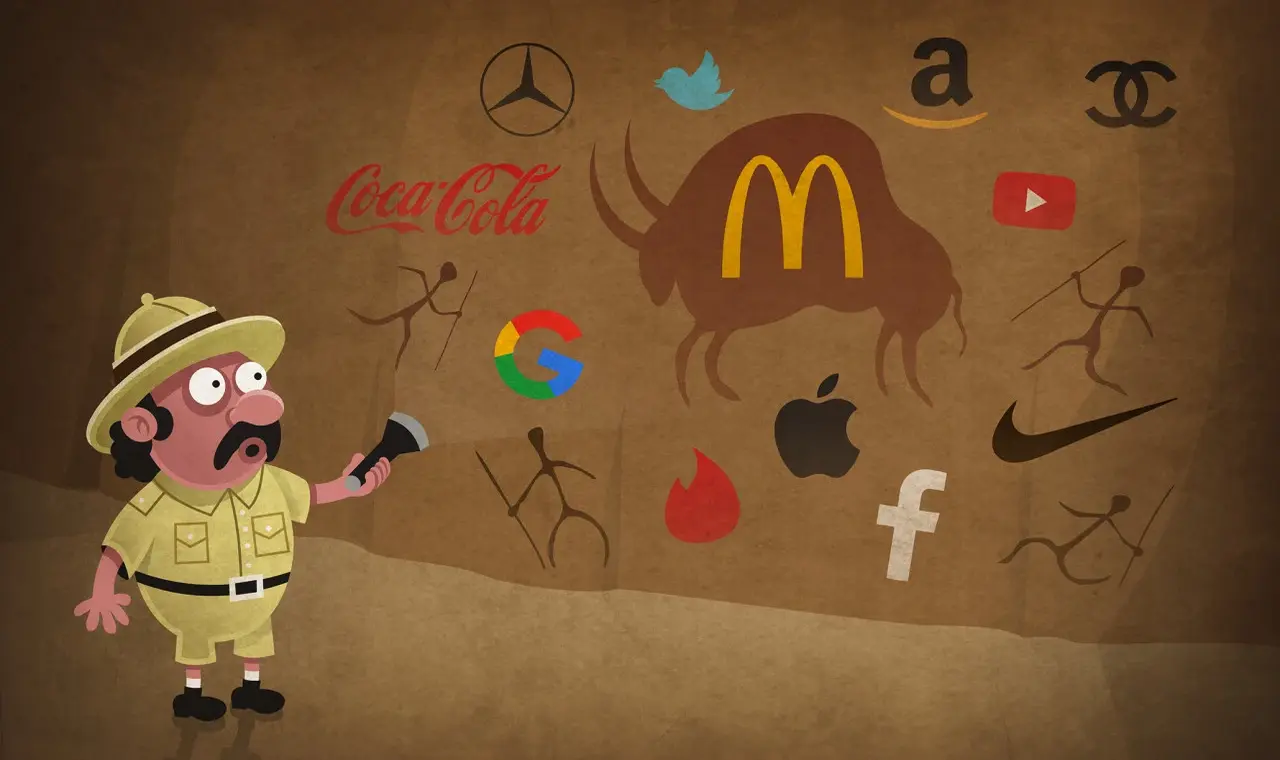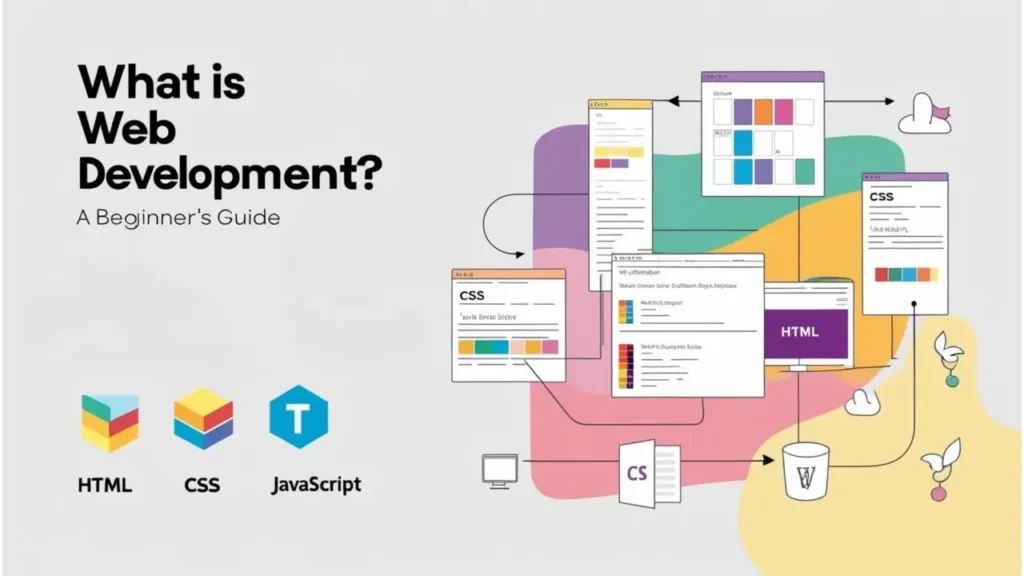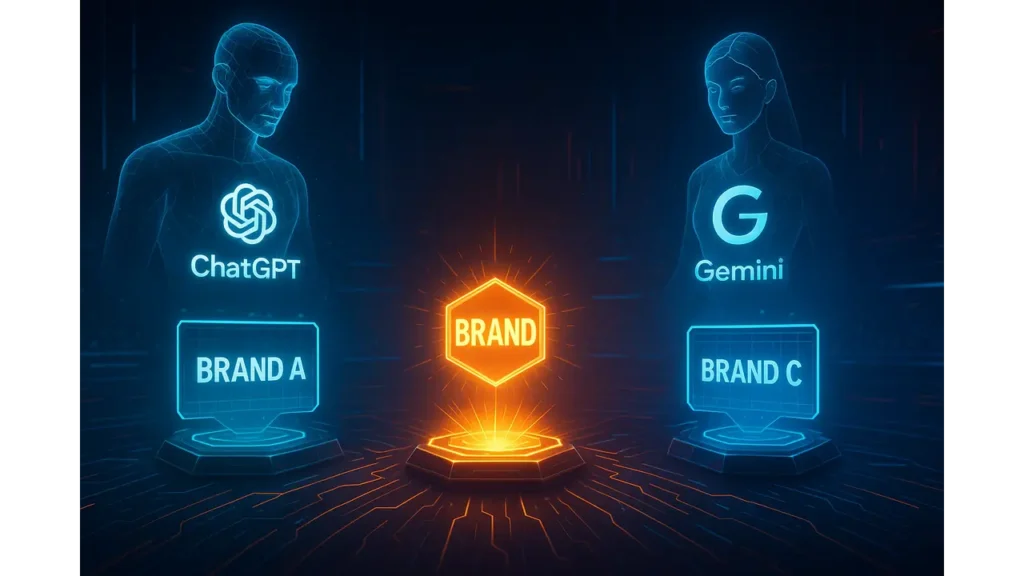From ancient emblems etched into pottery to sleek, modern logos adorning products and screens, design and branding have been fundamental to human communication and commerce. Across millennia, they have evolved from simple marks of identity and craftsmanship to sophisticated tools for building trust, recognition, and emotional connections. Icons like Apple’s bitten apple or Nike’s swoosh transcend mere visuals—they represent culture, values, and innovation.
Exploring the history of design and branding offers not only a fascinating glimpse into human creativity but also practical lessons for businesses seeking to thrive in a competitive landscape. This in-depth guide traces branding’s journey, examines iconic examples, discusses evolving trends, and offers insights into its promising future.
Key Takeaways
- Branding originated in ancient symbols and trade marks, reflecting identity and quality.
- The Industrial Revolution catalyzed modern branding with mass production and advertising.
- Iconic brands like Coca-Cola, Apple, and Nike exemplify the power of consistency and innovation.
- Design trends have oscillated between intricate detail and minimalism across decades.
- Emerging technologies, personalization, and sustainability define the future of branding.
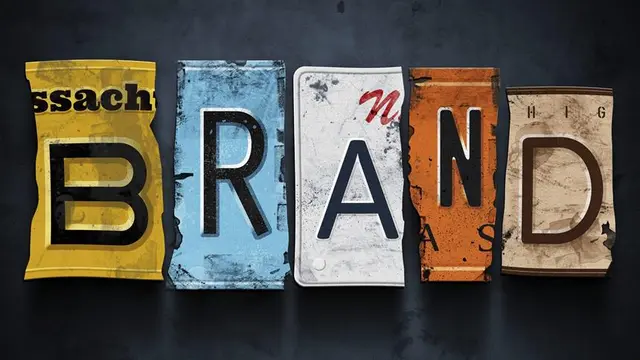
Table of Contents
Early History of Design and Branding
Ancient Symbols and Marks: The Birth of Branding
The concept of branding predates written language and organized commerce. In ancient civilizations, artisans and merchants used symbols to represent identity, ownership, and quality. These early forms of branding were primarily visual, often consisting of simple designs or marks carved, painted, or stamped onto objects.
One of the earliest examples can be traced to Mesopotamia, where potters used stamps to imprint unique marks on their creations as early as 4000 BCE. These symbols not only identified the maker but also established trust in the quality of the item. In ancient Egypt, symbols were also prevalent on pottery and jewelry, signifying not just ownership but alignment with religious or cultural significance. For example, scarab symbols were used to convey protection and rebirth, creating an early link between branding and storytelling.
In ancient Greece, the pottery trade flourished, and artisans began marking their goods with distinctive emblems. These marks were a way to differentiate high-quality products from imitations, a practice that laid the foundation for branding as a means of establishing trust and recognition. Similarly, ancient Chinese artisans used unique seals carved with characters or patterns to identify their wares, such as silk, porcelain, and scrolls.
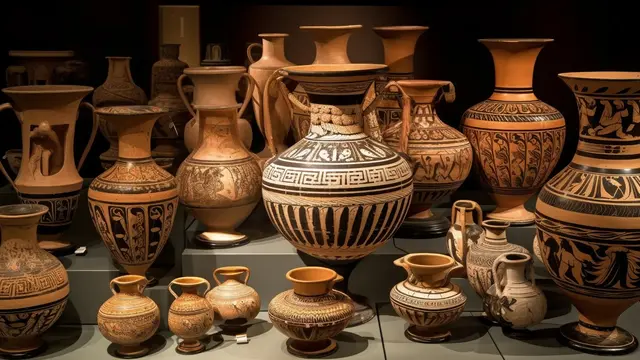
By using these marks, early societies demonstrated the fundamental purpose of branding: to provide assurance, convey quality, and build trust with consumers. These practices also marked the beginning of visual communication, where simple symbols carried complex meanings—a principle still central to modern branding.
Trade and Branding in Ancient Times: Building Reputation Across Borders
As trade routes expanded and commerce flourished, branding evolved to help merchants and manufacturers distinguish their goods in competitive markets. During the Roman Empire, artisans would stamp their pottery, bricks, and weapons with identifiable symbols. These marks were not only practical but also vital in establishing the reputation of specific workshops or regions. For instance, Roman tiles often bore stamps denoting the legion or workshop that produced them, which helped ensure accountability and quality.
In ancient China, branding took a sophisticated turn during the Tang Dynasty (618–907 CE). Merchants used detailed seals to signify their businesses. These seals, often inscribed with ornate calligraphy and patterns, acted as signatures for products like textiles, tea, and ceramics. The branding process was formalized, enabling traders to build lasting reputations and establish consumer loyalty.
The Role of Religion and Symbolism
Religion played a pivotal role in branding during ancient times. Religious symbols became associated with craftsmanship and commerce, providing an additional layer of trust and authority. For example:
- Egyptian amulets often bore the likeness of gods or sacred symbols, which were believed to imbue products with divine blessings.
- Christian iconography during the early Byzantine period adorned crafts and goods, linking them with faith and virtue.
These symbols added an emotional or spiritual dimension to the products, making them more desirable to consumers.
Heraldry and Medieval Branding: Identity Meets Authority
In the Middle Ages, branding shifted from individual artisans to larger organizations such as guilds and noble houses. The use of heraldic emblems, coats of arms, and guild marks represented a more structured approach to identity and reputation.
Heraldic Symbols
Heraldry, which began as a way to identify knights on the battlefield, became one of the earliest examples of organized branding. These emblems combined intricate designs, colors, and symbols to represent family lineage, values, and authority. Over time, coats of arms were displayed on property, documents, and merchandise to signify ownership and status.
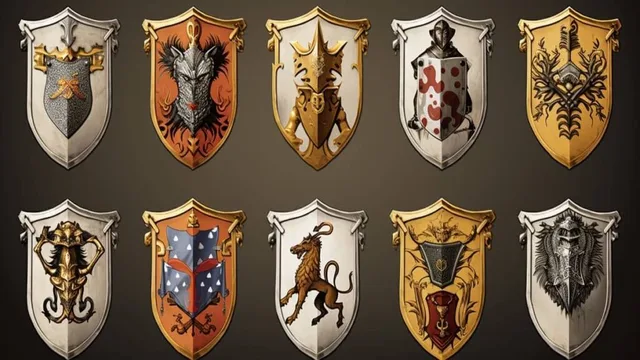
For businesses, heraldic symbols inspired the creation of unique visual identifiers. Early guilds, which were associations of craftsmen, used distinctive marks to represent their members. These marks ensured that products met specific standards of quality and craftsmanship.
The Birth of Commercial Branding
Guild marks in medieval Europe served as early quality assurance mechanisms. For example, butchers’ guilds in England and France used specific stamps to mark meat, guaranteeing it was fresh and prepared to guild standards. Similarly, blacksmiths and masons left identifiable marks on their work, linking their craftsmanship to their guild’s reputation. This system provided accountability and encouraged consistent quality, foreshadowing the principles of modern branding.
Medieval branding wasn’t limited to guilds and heraldry. Inns and taverns used signs with symbols or images, such as animals or tools, to attract customers who couldn’t read. For example, “The Red Lion” might feature a striking red lion on its sign, making it easily recognizable. These visual identifiers marked the early stages of branding for services and hospitality, aligning them with memorable imagery.
The Evolution of Branding Design
The Early Modern Era (15th–18th Century): Branding Becomes Mass Communication
The invention of the printing press in the 15th century by Johannes Gutenberg was a revolutionary moment for branding and design. For the first time, businesses could communicate with large audiences through printed materials such as flyers, posters, and catalogs. This technological leap democratized information and gave rise to what could be considered the first advertising campaigns.
Typography as a Branding Tool
With the printing press came the rise of distinctive typefaces, which played a critical role in branding. Businesses and publishers began to use custom fonts to create unique identities for their printed materials. For example, early printers like Aldus Manutius introduced elegant typefaces that became associated with high-quality publications. Typography started to serve as a visual signature, adding another layer of identity to branding.
The Renaissance Influence
The Renaissance, with its emphasis on art and design, greatly influenced branding during this period. Businesses began incorporating ornate illustrations and emblems into their materials. For example:
- Apothecaries used elaborate labels on bottles and containers to denote the quality and purpose of their products.
- Merchants selling luxury goods adorned their advertisements with intricate borders and patterns inspired by Renaissance art.
This period marked a shift from simple identification to storytelling through visuals. Branding became a way to convey sophistication, craftsmanship, and trustworthiness.
Industrial Revolution (19th Century): The Birth of Modern Branding
The Industrial Revolution fundamentally transformed branding. As mass production replaced individual craftsmanship, businesses needed to differentiate their products in an increasingly crowded marketplace. This led to the emergence of branding as we recognize it today.
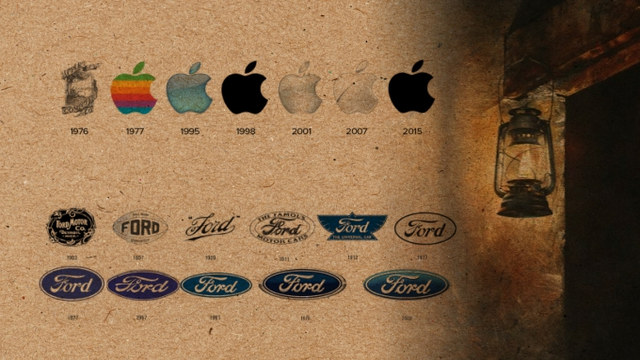
Packaging as a Branding Strategy
Before the Industrial Revolution, most products were sold in bulk or without packaging. However, with the advent of mass production, companies began using distinctive packaging designs to attract consumers and convey brand identity. Packaging became more than functional; it was a marketing tool. Notable examples include:
- Bass Ale introduced its famous red triangle in 1876, becoming the world’s first registered trademark.
- Quaker Oats used a friendly Quaker figure to symbolize purity and trustworthiness.
These early trademarks and packaging designs laid the foundation for the visual branding elements we see today.
The Rise of Print Advertising
As newspapers and magazines became widespread, print advertising emerged as a powerful branding medium. Companies began crafting consistent messaging and imagery to stand out. Iconic slogans and logos were introduced to reinforce brand identity. For instance, Pear’s Soap became one of the first brands to use emotional advertising, creating a connection between its product and aspirational lifestyles.
These detailed sections enrich the history of branding with vivid examples and SEO-friendly keywords like “ancient branding,” “Industrial Revolution branding,” and “medieval guild marks,” ensuring the content is both engaging and optimized for search engines.
Famous Brand Case Studies
Coca-Cola: Timeless Consistency
Coca-Cola is synonymous with branding excellence. Introduced in 1886, its logo’s flowing script and iconic red-and-white palette have stood the test of time. Coca-Cola’s genius lies in balancing nostalgia with innovation—its branding evokes comfort and tradition while remaining relevant through bold marketing strategies.
Apple: The Power of Simplicity
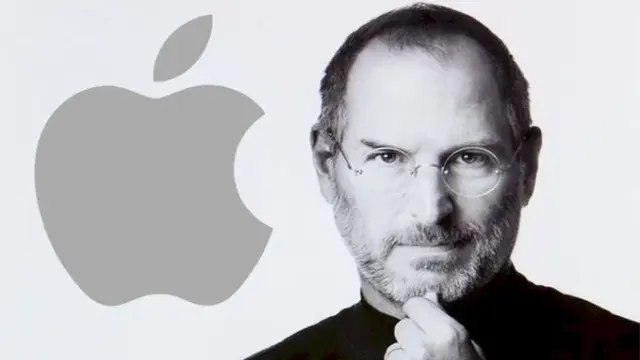
Apple’s minimalist aesthetic has redefined branding. The monochromatic logo, sleek product design, and intuitive user interfaces reflect its commitment to sophistication and innovation. Apple’s branding demonstrates how simplicity can convey bold ideas, creating emotional resonance and fostering a loyal customer base.
Nike: Movement and Motivation
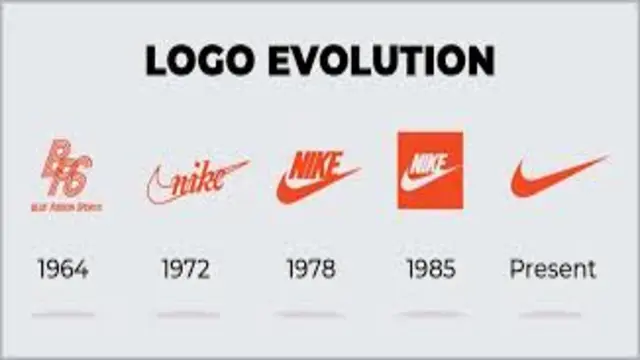
Nike’s swoosh, created in 1971, embodies motion and athleticism. Coupled with the empowering slogan “Just Do It,” Nike has built a brand synonymous with perseverance and excellence. By merging high-quality products with emotional storytelling, Nike’s branding resonates with consumers on a deeply personal level.
Trends in Branding Design Over the Decades
Typography Trends Through Time
Typography is a cornerstone of branding. Ornate serif fonts dominated the early 1900s, reflecting the formality of the era. In contrast, the mid-20th century embraced clean, sans-serif fonts, ushering in a modern, minimalist aesthetic. Today, brands experiment with custom typography to create unique identities.
Minimalism vs. Complexity
Branding has swung between minimalism and complexity over the years. Influenced by movements like Bauhaus and Swiss Design, mid-20th-century logos leaned toward simplicity. Later, the late 20th century saw a resurgence of intricate designs. Currently, flat and adaptable designs dominate, catering to the demands of digital platforms.
Technology’s Impact on Branding
Advancements in technology have continually expanded branding possibilities. From the neon signs of the 1950s to today’s AR/VR experiences, each technological leap has added new dimensions to branding. AI and data analytics now enable brands to deliver hyper-personalized and adaptive experiences.
The Future of Branding Design
As branding evolves in response to technological advancements, shifting consumer values, and environmental awareness, businesses face exciting opportunities to redefine how they communicate and connect with their audiences. The future of branding is dynamic, interactive, and deeply personal. Here are the key trends and innovations shaping the next era of branding.
Personalization: Tailoring Experiences for Every Consumer
One of the most significant shifts in branding is the move toward hyper-personalization. Modern consumers expect brands to deliver tailored experiences that resonate with their preferences, habits, and values. This shift is driven by advancements in artificial intelligence (AI) and big data analytics, which allow brands to gather insights about their audiences and use that information to craft bespoke interactions.
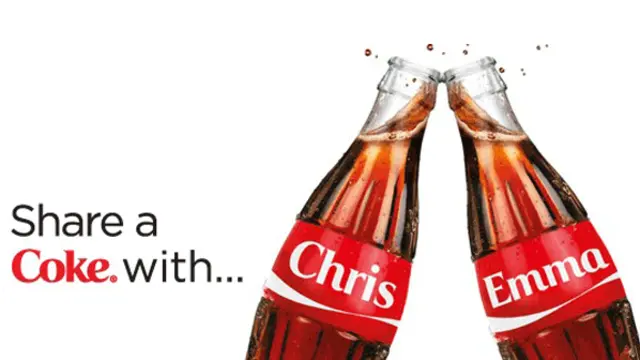
Examples of Personalization in Branding
- Dynamic Website Content: E-commerce giants like Amazon adjust product recommendations and website layouts based on user behavior, creating a sense of individual attention.
- Email Marketing: Brands use AI-driven tools to send personalized email campaigns with content tailored to each recipient’s interests and purchase history.
- Customized Products: Companies like Nike and Coca-Cola allow customers to create personalized products, from custom sneakers to bottles bearing their names.
Why Personalization Matters
Personalized branding fosters deeper emotional connections with consumers. When customers feel understood and valued, they are more likely to develop loyalty and advocate for the brand. As AI and machine learning continue to advance, personalization will become even more seamless and integral to the branding process.
Sustainability: Reflecting Environmental Values
With growing concern over climate change and environmental degradation, sustainability has become a cornerstone of modern branding. Today’s consumers, particularly millennials and Gen Z, prefer brands that demonstrate eco-conscious values. Companies are responding by integrating sustainable practices into their operations and highlighting these efforts in their branding.
Sustainable Branding Strategies
- Eco-Friendly Packaging: Brands like Lush and Patagonia use biodegradable, reusable, or minimal packaging to reduce waste.
- Carbon Neutrality Initiatives: Companies such as Microsoft and IKEA are investing in carbon offset programs to achieve net-zero emissions, aligning their branding with climate-conscious consumers.
- Transparency: Highlighting sustainable sourcing practices, such as fair trade certification, builds trust and reinforces ethical brand values.
Visual Elements of Sustainable Branding
Sustainability also impacts design choices. Earthy color palettes, minimalist aesthetics, and natural imagery are often used to reflect environmental themes. Brands like The Body Shop and Beyond Meat incorporate these elements to align their visual identity with their eco-friendly missions.
Inclusivity: Representing a Diverse World
As society becomes increasingly diverse, inclusive branding is no longer optional—it’s essential. Consumers expect brands to reflect the diversity of their audiences, not only in product offerings but also in messaging, imagery, and overall brand ethos. Inclusivity fosters a sense of belonging and ensures that branding resonates with people from all walks of life.
What Inclusive Branding Looks Like
- Diverse Representation: Featuring individuals from various ethnicities, genders, abilities, and body types in advertisements and marketing materials.
- Accessible Design: Ensuring digital platforms, packaging, and services are accessible to people with disabilities. For example, providing alt text for images and using high-contrast designs.
- Culturally Sensitive Messaging: Tailoring campaigns to be respectful and relevant to diverse cultural contexts.
Brands Leading the Inclusivity Movement
- Fenty Beauty disrupted the cosmetics industry by offering an inclusive range of foundation shades that cater to all skin tones.
- Microsoft has prioritized accessible technology, including adaptive controllers for gamers with disabilities.
By embracing inclusivity, brands can build stronger emotional connections and demonstrate their commitment to equality and representation.
AI and Machine Learning: The New Frontier in Branding
AI and machine learning are transforming every aspect of branding, from logo design to customer engagement. These technologies enable brands to automate repetitive tasks, analyze consumer behavior at scale, and create adaptive branding strategies that evolve in real time.
Applications of AI in Branding
- Logo Design Automation: Platforms like Looka and Tailor Brands use AI to generate custom logos based on user input, democratizing access to professional design.
- Predictive Analytics: AI helps brands anticipate consumer needs and preferences, enabling more targeted marketing campaigns.
- Chatbots and Virtual Assistants: AI-powered tools like ChatGPT provide personalized customer support and drive deeper engagement through conversational branding.
Dynamic and Adaptive Branding
AI allows for the creation of dynamic logos and branding elements that change based on context. For example, Spotify’s branding adapts to reflect user data, such as creating personalized playlists and graphics for Wrapped campaigns. This type of branding builds a sense of connection by making consumers feel like active participants in the brand experience.
Augmented Reality (AR) and Virtual Reality (VR): Interactive Branding Experiences
AR and VR technologies are pushing the boundaries of branding by creating immersive and interactive experiences. These technologies allow consumers to engage with brands in ways that were previously unimaginable.
AR in Branding
- Virtual Try-Ons: Beauty brands like Sephora and fashion retailers like Warby Parker use AR apps to let customers try on products virtually before purchasing.
- Interactive Packaging: QR codes and AR-enabled packaging allow customers to scan products and unlock additional content, such as tutorials or brand stories.
VR in Branding

- Virtual Showrooms: Brands like IKEA use VR to let customers visualize furniture in their homes, bridging the gap between online and in-store experiences.
- Immersive Storytelling: Companies like National Geographic use VR to create compelling narratives that align with their brand mission.
By adopting AR and VR, brands can create memorable experiences that set them apart in competitive markets.
Emotional Branding: Deepening Connections
The future of branding isn’t just about technology—it’s about creating meaningful emotional connections with consumers. Emotional branding uses storytelling, values, and experiences to forge bonds that go beyond transactional relationships.
Storytelling in Branding
Brands like Airbnb use storytelling to highlight real customer experiences, creating a sense of authenticity and relatability. These narratives make the brand more human and approachable, fostering loyalty and advocacy.
Purpose-Driven Branding
Modern consumers are drawn to brands with clear missions. For example:
- TOMS Shoes builds its brand around social impact, with initiatives like donating a pair of shoes for every pair sold.
- Ben & Jerry’s incorporates activism into its branding, championing issues like racial justice and climate change.
By aligning with consumers’ values, purpose-driven brands establish lasting emotional connections.
The Future is Adaptive, Personal, and Sustainable
The future of branding lies at the intersection of innovation and authenticity. Successful brands will prioritize personalization, sustainability, inclusivity, and emotional engagement while leveraging emerging technologies like AI, AR, and VR. By staying agile and forward-thinking, brands can create meaningful experiences that resonate deeply with consumers and stand the test of time.
For businesses looking to thrive in this evolving landscape, embracing these trends and investing in future-proof branding strategies will be key. Brands that lead with purpose, creativity, and adaptability will not only capture attention but also build lasting loyalty in an ever-changing world.
FAQ Section: Frequently Asked Questions
What is branding, and why is it important?
Branding is the process of creating a distinct identity for a business or product, encompassing visuals, messaging, and values. It builds recognition, trust, and emotional connections with audiences.
How has branding evolved over time?
Branding has evolved from simple ownership marks to sophisticated strategies reflecting a brand’s values and purpose, adapting to cultural and technological changes.
What are some examples of iconic branding?
Coca-Cola’s timeless red-and-white logo, Apple’s minimalist approach, and Nike’s swoosh are enduring examples of successful branding.
What are the current trends in branding design?
Trends include minimalism, interactive and adaptive branding, sustainability, inclusivity, and leveraging AI for personalized experiences.
How can businesses future-proof their branding?
Businesses can future-proof their branding by embracing sustainability, focusing on inclusivity, and utilizing technology like AI and AR to create innovative and relevant experiences.
Conclusion
The journey of design and branding—from ancient symbols to today’s dynamic digital identities—demonstrates its profound impact on human culture and commerce. Branding not only communicates identity but also fosters trust, loyalty, and emotional connection.
In an era of rapid technological advancement and shifting consumer values, the ability to adapt and innovate is more crucial than ever. By prioritizing sustainability, inclusivity, and personalization, businesses can craft compelling brands that resonate deeply with their audiences.
WODO’s design and branding expertise can help your business create impactful, future-proof branding that not only meets but exceeds market expectations. Contact us to elevate your brand today!

